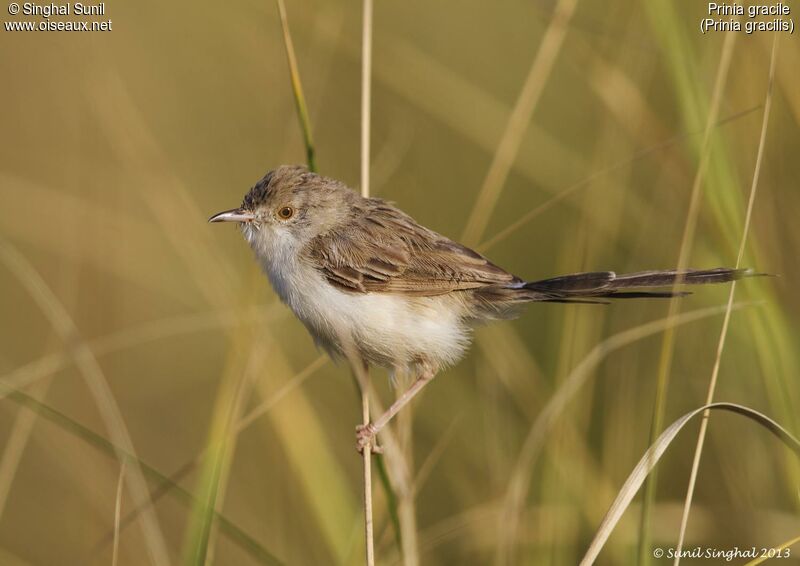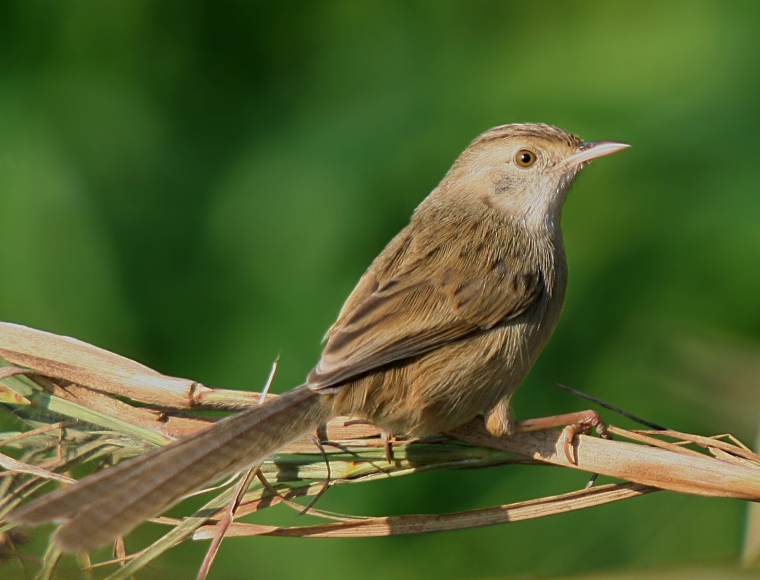The Prinia Gracilis Yemenensis: A Closer Look At The Yemen Prinia
Share
The Prinia gracilis yemenensis, commonly known as the Yemen Prinia, is a fascinating subspecies of the slender-billed Prinia. This small bird belongs to the family Sylviidae and is part of the suborder Oscines. Found primarily along the coasts of Arabia and Yemen, this bird is not only a remarkable example of avian diversity but also plays a significant role in its ecosystem. In this article, we will explore the taxonomy, physical characteristics, habitat, diet, behavior, reproduction, and conservation status of the Yemen Prinia.
Taxonomy
The Yemen Prinia is classified under the following taxonomic hierarchy:
- Order: Passeriformes
- Family: Sylviidae
- Suborder: Oscines
- Subgenus: Burnesia
- Species: Prinia gracilis
- Subspecies: yemenensis
- Type: Prinia gracilis yemenensis, Hartert, 1909
This subspecies was first described by Hartert in 1909, with its type locality being Scheik Osman (Shaykh 'Uthman), near Aden. The range of the Yemen Prinia extends from near Mecca in Saudi Arabia, south to Aden, and east to Hadhramaut in Yemen.
Physical Characteristics
The Yemen Prinia is a small bird, typically measuring around 12-14 cm in length. It has a slender body, a long tail, and a pointed bill, which is well-adapted for its insectivorous diet. The plumage is generally brownish with lighter underparts, providing excellent camouflage in its natural habitat. The distinctive features of this bird include its elongated tail feathers and a subtle, yet charming, song that resonates through its coastal environment.

Habitat
The Yemen Prinia primarily inhabits coastal regions, favoring areas with dense vegetation such as scrublands, grasslands, and agricultural fields. It is often found in proximity to water sources, which provide essential resources for feeding and nesting. The bird's preference for low-lying areas allows it to thrive in the warm, arid climate of the Arabian Peninsula.

Diet
The diet of the Yemen Prinia mainly consists of insects and other small invertebrates. It forages actively among the foliage, using its sharp bill to catch prey. The bird's feeding habits play a crucial role in controlling insect populations, making it an important component of its ecosystem. Additionally, it may consume seeds and berries, particularly during the breeding season when protein-rich food is essential for raising young.

Behavior
The Yemen Prinia is known for its energetic and acrobatic behavior. It often flits from branch to branch, displaying a lively demeanor. The bird is also territorial, especially during the breeding season, and will defend its nesting area vigorously against intruders. Its song, a series of melodious notes, is often heard during courtship displays and serves to establish territory.

Reproduction
Breeding typically occurs during the warmer months, with the female constructing a cup-shaped nest using grass, leaves, and other plant materials. Nests are usually built in dense vegetation, providing protection from predators. The female lays a clutch of 3-5 eggs, which she incubates for about two weeks. Both parents are involved in feeding the chicks once they hatch, ensuring their survival in the challenging environment.
Conservation Status
Currently, the Yemen Prinia is not considered endangered, but its habitat is threatened by urbanization, agricultural expansion, and climate change. Conservation efforts are essential to maintain the delicate balance of its coastal ecosystem and ensure the survival of this unique subspecies. Protecting its natural habitat and promoting sustainable land use practices are vital steps in safeguarding the future of the Yemen Prinia.
Final Thoughts
The Yemen Prinia is a remarkable bird that exemplifies the rich avian diversity found along the coasts of Arabia and Yemen. Its unique adaptations, vibrant behavior, and ecological significance make it a fascinating subject for birdwatchers and nature enthusiasts alike. Observing this bird in its natural habitat can be a rewarding experience, particularly in areas where dense vegetation meets coastal landscapes. By understanding and appreciating the Yemen Prinia, we can contribute to the conservation of this beautiful subspecies and the ecosystems it inhabits.
